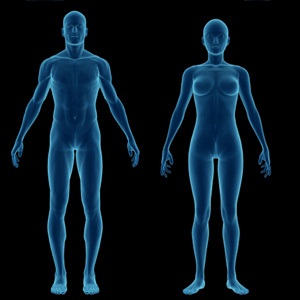
The back's system of bones, muscles, ligaments, tendons and nerves work together to bear the weight of your body and the loads you carry. The structure of the back provides considerable strength and flexibility, but because the spine is so central to the body's movements, even small amounts of damage can often cause pain.
The spine consists of 33 bony segments, the vertebrae. There are seven cervical, 12 thoracic, five lumbar, five sacral and four coccygeal vertebrae. The two latter groups – the sacrum and coccyx – are fused and immobile.
Between the cervical, thoracic and lumbar vertebrae lie the discs: tough, spongy "cushions" that act as shock absorbers for the vertebrae and give the spine flexibility. Strong elastic ligaments hold the vertebrae and discs firmly together in a column. Muscles attach to the vertebrae by fibrous connections called tendons. The complex layers of back muscle contract to move your back and upper body.
The spine column also protects the spinal cord, which runs down through a canal formed by the vertebrae. Nerves (roots) from the spinal cord branch out and leave the spine through spaces between the vertebrae at the levels of the discs.
Reviewed by Dr Pradeep Makan, orthopaedic surgeon, Melomed Gatesville and Life Vincent Pallotti Hospital in Cape Town and part-time lecturer in the department of orthopaedic surgery at the University of Cape Town, 2010.




 Publications
Publications
 Partners
Partners











